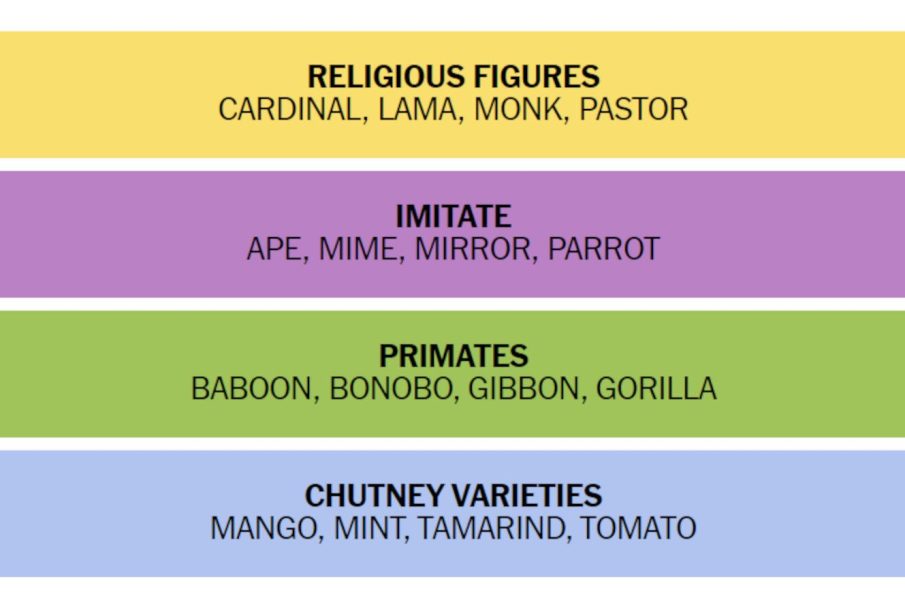Exploring the NYTimes Wordle: A Daily Puzzle to Love

Introduction to NYTimes Wordle
The NYTimes Wordle has become a daily sensation since its introduction to the public in October 2021. Initially developed by software engineer Josh Wardle as a gift for his partner, the game quickly escalated from a private project to a widespread phenomenon. With millions of users around the globe, Wordle is not just a game; it’s a cultural touchstone that fosters a sense of community among puzzlers.
How Wordle Works
Each day, players receive a new five-letter word to guess within six attempts. The game utilises a simple interface that provides immediate feedback on each guess: a letter turning green indicates it is in the correct position, yellow indicates it is in the word but in the wrong position, and grey signifies that the letter is not in the word at all. This straightforward gameplay has appealed to players of all ages and skill levels, making it accessible and engaging.
Recent Developments and Popularity
In January 2022, The New York Times purchased Wordle from Wardle, integrating it into their suite of daily puzzles. This acquisition added to the game’s reach, introducing it to a larger audience as part of the Times’ commitment to providing quality engrossing games. The NYTimes Wordle has continued to gain traction, with social media platforms seeing an influx of shares of daily results, fostering a friendly competition among users. This has contributed to the resurgence of interest in word puzzles as a whole.
The Social Connection
One of the standout features of Wordle is its ability to connect people. Friends and family often share their daily scores, fostering discussions and strategies on how best to tackle the word challenge. The game’s prevalence on platforms like Twitter and Facebook demonstrates how it has become a casual yet competitive ritual, provoking conversations and social interaction in an increasingly digital age.
What’s Next for NYTimes Wordle?
Looking ahead, the New York Times plans to introduce more features, including difficult versions of the game and additional variants, to keep the content fresh and engaging. With the rise of similar word games and products inspired by Wordle’s success, it is evident that this puzzle has redefined the landscape for wordplay and mobile games. The NYTimes Wordle is likely here to stay, offering puzzle enthusiasts a daily dose of fun and challenge.
Conclusion
In conclusion, the NYTimes Wordle exemplifies how a simple idea can capture the hearts of millions, creating a communal experience through daily challenges. As it continues to evolve, it is not only a delightful distraction but also a reminder of the joy found in language and play. For those yet to experience it, joining the daily challenge of Wordle could be the next fun routine that adds a spark to everyday life.








